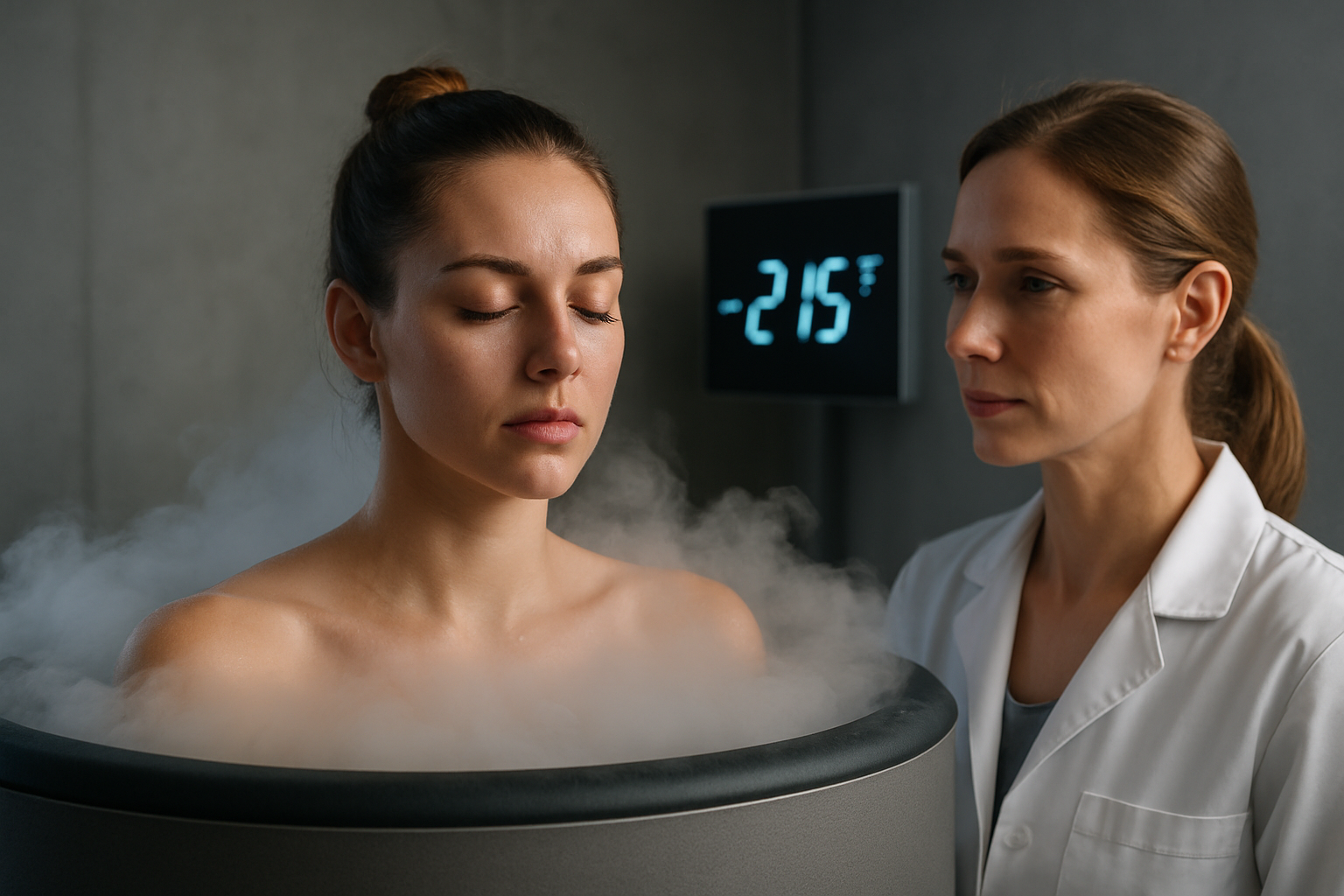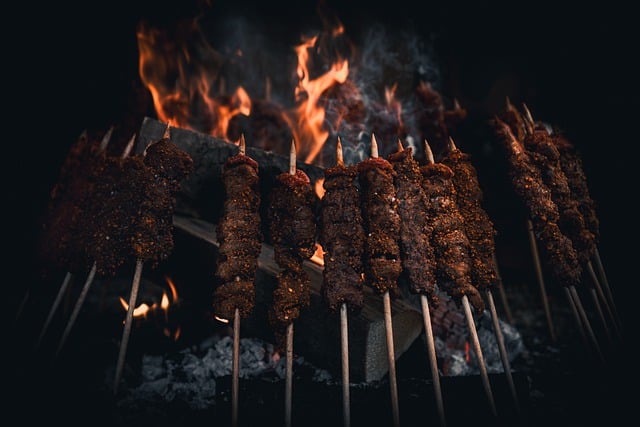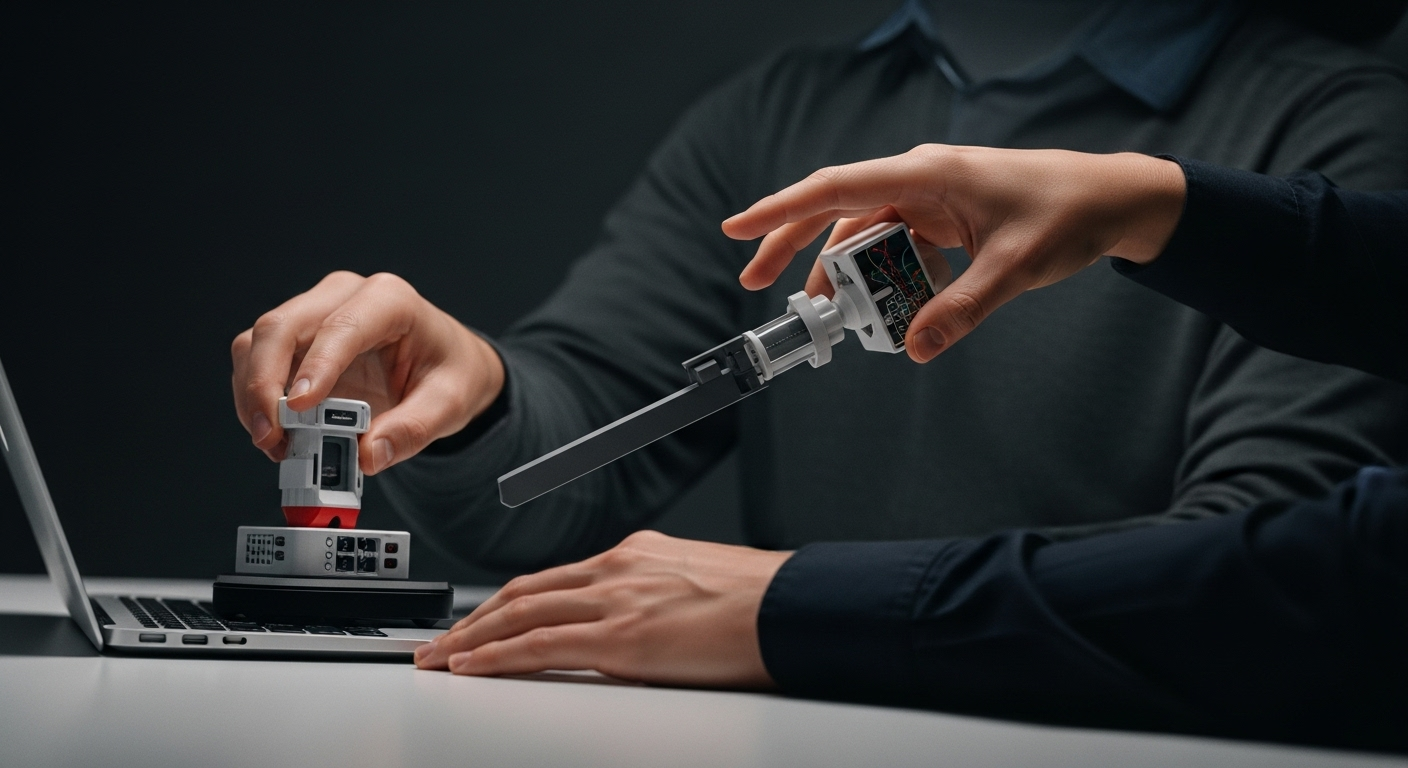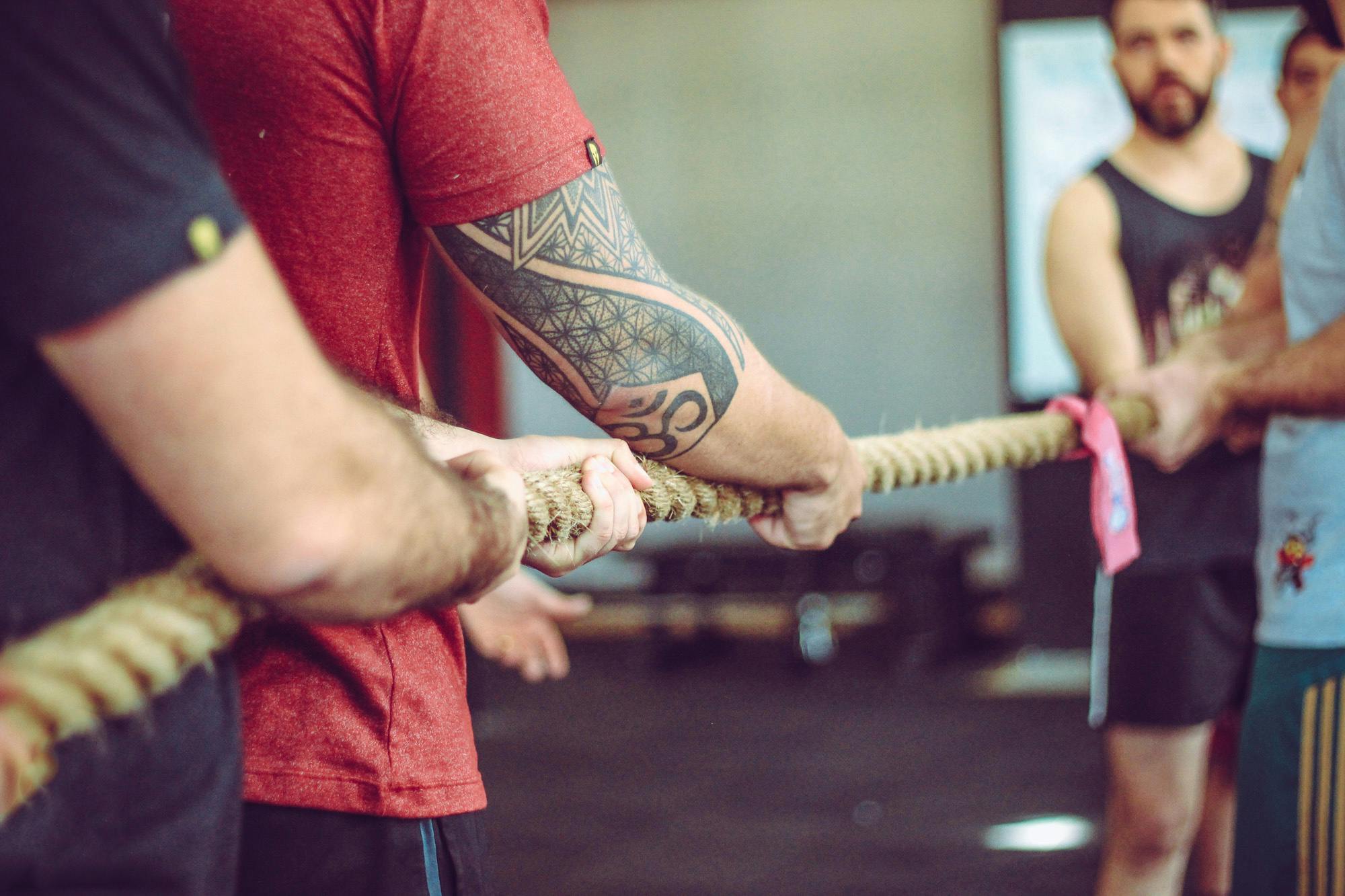Cryotherapy: The Cold Truth About Beauty's Hottest Trend
The beauty and wellness industry is no stranger to innovative treatments promising transformative results. Among these, cryotherapy has emerged as a captivating contender, capturing the attention of celebrities, athletes, and wellness enthusiasts alike. This cutting-edge technique harnesses the power of extreme cold to rejuvenate the body and mind, offering a unique approach to health and beauty. As cryotherapy chambers and localized treatments become increasingly accessible, many are left wondering about the science behind the chill and whether the benefits truly outweigh the discomfort of subzero temperatures. In this exploration of cryotherapy, we'll delve into its origins, examine its purported benefits, and uncover the truth behind this frosty phenomenon that's taking the wellness world by storm.

Dr. Toshima Yamauchi, a Japanese rheumatologist, pioneered the use of extreme cold exposure to treat rheumatoid arthritis. He developed a method of exposing patients to short bursts of intensely cold air, observing significant reductions in pain and inflammation. This groundbreaking work laid the foundation for what would eventually become whole-body cryotherapy (WBC).
The Science of the Big Freeze
Whole-body cryotherapy involves exposing the body to ultra-low temperatures, typically between -110°C to -140°C (-166°F to -220°F), for a short duration of two to four minutes. The treatment takes place in a specially designed chamber or cabin, where individuals are protected with minimal clothing, gloves, socks, and protective footwear.
The extreme cold triggers a physiological response in the body, activating the sympathetic nervous system and inducing vasoconstriction. This process redirects blood flow from the extremities to vital organs, enriching the blood with oxygen, nutrients, and enzymes. As the body warms up post-treatment, this nutrient-rich blood circulates back through the body, potentially offering a range of benefits.
Beauty Benefits: More Than Skin Deep
While cryotherapy gained initial traction in the realm of sports medicine and pain management, its potential beauty benefits have propelled it into the spotlight of the cosmetic industry. Proponents of cryotherapy claim it offers a multitude of aesthetic advantages:
-
Collagen Production: Exposure to extreme cold is said to stimulate collagen production, potentially reducing the appearance of fine lines and wrinkles.
-
Improved Skin Tone: The vasoconstriction and subsequent vasodilation process may enhance circulation, leading to a more radiant complexion.
-
Cellulite Reduction: Some studies suggest that cryotherapy can help break down fatty deposits, potentially minimizing the appearance of cellulite.
-
Calorie Burn: The body’s effort to rewarm itself post-treatment is believed to boost metabolism, potentially aiding in weight management.
-
Hair and Scalp Health: Localized cryotherapy treatments on the scalp are thought to stimulate hair follicles and promote healthier hair growth.
Beyond Beauty: Holistic Health Claims
The allure of cryotherapy extends beyond its cosmetic applications, with advocates touting a wide array of health benefits:
-
Pain Relief: Athletes and chronic pain sufferers report reduced muscle soreness and joint pain following cryotherapy sessions.
-
Inflammation Reduction: The cold-induced vasoconstriction is believed to help reduce inflammation throughout the body.
-
Mood Enhancement: Some users report improved mood and reduced symptoms of anxiety and depression after cryotherapy treatments.
-
Sleep Quality: Proponents claim that regular cryotherapy sessions can lead to better sleep patterns and overall sleep quality.
-
Immune System Boost: The stress of extreme cold exposure is thought to stimulate the immune system, potentially enhancing overall health.
The Cryotherapy Experience: What to Expect
For those considering taking the plunge into sub-zero temperatures, understanding the cryotherapy experience is crucial. A typical whole-body cryotherapy session begins with a brief health screening to ensure the treatment is safe for the individual. Participants then change into minimal, protective clothing before entering the cryotherapy chamber.
Inside the chamber, a dry, nitrogen-cooled air circulates around the body, rapidly lowering the skin’s surface temperature. While the experience is intense, it’s brief, lasting only a few minutes. Many describe the sensation as invigorating rather than painful, likening it to a “brisk walk in winter.”
After the session, the body quickly returns to normal temperature, often accompanied by a rush of endorphins. Many users report feeling energized, refreshed, and experiencing a sense of well-being that can last for hours or even days post-treatment.
The Cold, Hard Truth: Examining the Evidence
Despite the enthusiasm surrounding cryotherapy, the scientific community remains cautiously optimistic. While anecdotal evidence and small-scale studies have shown promising results, large-scale, peer-reviewed research is still limited.
A 2015 Cochrane Review found insufficient evidence to determine whether whole-body cryotherapy reduces self-reported muscle soreness or improves subjective recovery after exercise. However, the review noted that the treatment was generally well-tolerated, with few adverse effects reported.
Other studies have shown more positive outcomes, particularly in the areas of pain management and inflammatory conditions. A 2018 study published in the Archives of Physical Medicine and Rehabilitation found that cryotherapy significantly reduced pain in patients with adhesive capsulitis, also known as frozen shoulder.
Safety Considerations and Contraindications
While cryotherapy is generally considered safe when performed under proper supervision, it’s not without risks. Potential side effects can include skin irritation, frostbite, and in rare cases, more severe reactions.
Certain individuals should avoid cryotherapy, including those with:
-
Uncontrolled high blood pressure
-
Heart conditions
-
Pregnancy
-
Raynaud’s syndrome
-
Open wounds or skin infections
It’s crucial for anyone considering cryotherapy to consult with a healthcare professional before beginning treatments, especially those with pre-existing medical conditions.
The Future of Cryotherapy: A Cool Outlook
As research continues to evolve, cryotherapy’s role in the beauty and wellness industry is likely to expand. We’re already seeing the emergence of more targeted cryotherapy treatments, such as facial cryotherapy and localized applications for specific body areas.
The technology behind cryotherapy is also advancing, with newer systems offering more precise temperature control and improved safety features. As the treatment becomes more accessible and refined, it’s possible we’ll see cryotherapy chambers becoming a common fixture in spas, gyms, and even home wellness setups.
In conclusion, while the jury is still out on some of cryotherapy’s loftier claims, its growing popularity and potential benefits make it a trend worth watching in the beauty and wellness space. As with any emerging treatment, it’s essential to approach cryotherapy with a balanced perspective, weighing the potential benefits against the current limitations in scientific evidence. For those intrigued by the promise of this big chill, consulting with healthcare professionals and reputable providers is key to safely exploring the frosty frontier of cryotherapy.





